Experiences. Capability. Certified Qualities.
TTP offers customised manufacturing as per customer requirements
At TTP, the more technologies and machines we have, the more possibilities and better qualities of products you could earn.
What we do
☞ Printing
☞ Injection (High-End)
☞ Surface Finishing
☞ 2.5D/3D Forming
☞ Advance Process
-
Screen printing is a printing technique where a mesh is used to transfer ink onto a substrate, except in areas made impermeable to the ink by a blocking stencil.
Why TTP?
We have a ton of experience with Silk Screen printing.
TTP is a leading Silk Screen printing company in Thailand.
TTP has printed in cleanrooms class 100,000 and 10,000.
ISO Class 7 = FED class 10,000
ISO Class 8 = FED class 100,000Many options of substate Polymer film, metal and glass.
-
Offset Printing technology uses plates, usually made from aluminium, which are used to transfer an image onto a rubber "blanket", and then roll that image onto a sheet of paper.
It's called offset because the ink is not transferred directly onto the paper. Because offset presses run so efficiently once they are set up, offset printing is the best choice when larger quantities are needed, and provides accurate colour reproduction, crisp, clean professional looking printing and high-resolution printing.
-
Pad Printing, also called Tampography or Tampo Printing, is an indirect offset (gravure) printing process where a silicon pad takes a 2-D image from a laser engraved (etched) printing plate (also called cliché) and transfers it to a 3-D object.
-
Double Injection, sometimes known as two material, two-shot moulding or 2K moulding, is an innovative manufacturing process used to produce complicated moulded parts from two different materials.
Through a highly specialized and automated process, we carefully control the injection of multiple materials, including two different kinds of resin, into a single, multi-chambered mould.
Double Injection is performed on one machine that is programmed to perform two injections in one cycle. In the first cycle, a nozzle injects plastic into a mould. The mould is then automatically rotated and a different type of plastic is injected into the mould from a second nozzle.
Why TTP?
We are injection in high-end quality such as lens, transparent material (PC, PMMA).
Familiar with engineering plastic (ABS, PC, PMMA, PBT).
Cleanroom Facility Class 10,000.
Specialist in Film insert moulding.
50 ton to 650-ton machine.
-
Induction heating technology is the most advanced Heat & Cool process. Fast. Reliable. Cost-effective.
The ability to quickly heat the mould and fully control temperature distribution opens new moulding possibilities, including shorter cycle time, part quality increase and flow length extension. An immediate Return On Investment.
Why TTP?
Benefits no sink marks, no visible weld line, eliminate visual defects, precise surface replication, thin-wall application and lightweight.
High gloss and intense black, reduced secondary process and sophisticated textures.
-
It is similar to plastic injection moulding but operates at a lower pressure, which makes this manufacturing method perfect for electronic components.
Compared to Potting, low-pressure moulding reduces manufacturing times significantly and fewer cleaning requirements are needed.
-
-
PVD (Physical Vapour Deposition) coating, also known as thin-film coating, is a process in which a solid material is vaporized in a vacuum and deposited onto the surface of a part.
These coatings are not simply metal layers though. Instead, compound materials are deposited atom by atom, forming a thin, bonded, metal or metal-ceramic surface layer that greatly improves the appearance, durability, and/or function of a part or product.
-
Chemical Etching is a method of engraving that uses a high-pressure high-temperature chemical spray to remove material to create a permanently etched image in metal.
A mask or resist is applied to the surface of the material and is selectively removed, exposing the metal, to create the desired image.
An etching machine harnesses the corrosive reaction between the chemical and the material and amplifies the effect by heating the solution and spraying at high pressure. The chemical spray dissolves the unprotected metal areas to etch the material atom by atom for a smooth burr-free finish.
-
-
-
-
-
-
In a Hot Stamping machine, a die is mounted and heated, with the product to be stamped placed beneath it.
A metallized or painted roll-leaf carrier is inserted between the two, and the die presses down through it. The dry paint or foil used is impressed into the surface of the product.
The dye-stamping process itself is non-polluting because the materials involved are dry.
Pressure and heat cause the relevant sections of the foil to become detached from the carrier material and become bonded with the printing surface.
-
-
-
Soft Emblem is a forefront globally patented and licensed technology in the Badging market, which permits the realisation of three-dimensional and flexible emblems, badges and labels, of incomparable beauty and elegance through to simple and complex contour shapes.
The unique materials and the patented production process granted the system to be massively present in the automotive and household markets.
Why TTP?
Low tooling cost
2.5D to 3D Emblem
No limitation of graphic design
Low MOQ to high volume
-
Embossing has a similar effect. Embossing (and its opposite, debossing) are two techniques used to either impress or depress an image into materials which are PC, PET and metal sheets.
-
Stamping (also known as ‘Pressing’) is the process of placing flat sheet metal in either blank or coil form into a stamping press where a tool and die surface form the metal into a net shape.
Stamping includes a variety of sheet-metal forming manufacturing processes, such as punching using a machine press or stamping press, blanking, embossing, bending, flanging, and coining.
Why TTP?
Many kinds of materials such as stainless steel, aluminium, brass, etc.
High-end stamping quality
-
Forging is a metal shaping & manufacturing process in which bar stock is inserted into a die and squeezed into a second closed die.
The process, completed is at room temperature or below the metal‘s recrystallization temperature to form metal into a desired shape or configuration.
-
Die-cutting is the general process of using a die to shear webs of low-strength materials, such as PC PET.
-
5-Axis machining provides infinite possibilities as to the part sizes and shapes you can effectively process.
-
SMT (Surface Mount Technology) component placement systems, commonly called pick-and-place machines or P&Ps, are robotic machines which are used to place surface-mount devices (SMDs) onto a circuit printing for membrane switch.
They are used for high speed, high precision placing of a broad range of electronic components such as Metrodome, resistor, IC and small size LED.

Endless possibilities
We have since evolved to manufacture and service the corporate sign products.
-
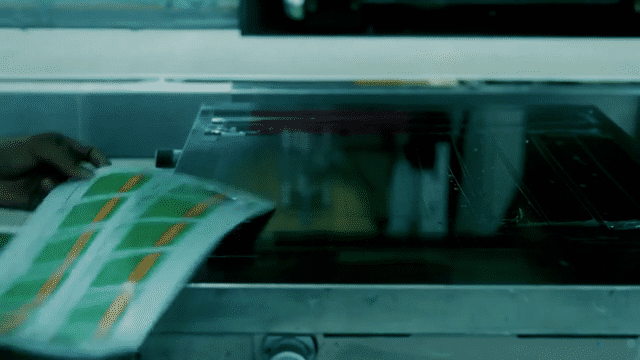
Silk Screen
Screen printing is a technique where a mesh is used to transfer ink onto a substrate, except in areas made impermeable to the ink by a blocking stencil. A blade is moved across the block screen to fill the open mesh apertures with ink, and a reverse stroke then causes the screen to touch the substrate momentarily along a line of contact. It is suitable for outdoor applications due to the thickness of ink about 8-12 microns per layer.
TTP has a ton of experience with Silk Screen printing, many options of substate Polymer film, metal and glass can be used. We are also a leading Silk Screen printing company in Thailand. TTP has printed in clean rooms class 100,000 and 10,000.
Iso class 7 = FED class 10,000
Iso class 8 = FED class 100,000 -
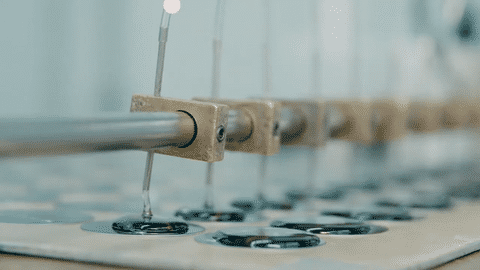
Doming Resin
Doming resin is the combination of two chemicals that make emblems look clear and luxurious. A doming resin must sit in a dome on top of printing work without running down the sides.
In other words, a doming resin needs to be thick enough to let you bring it right to the edge of your piece without spilling over.
-
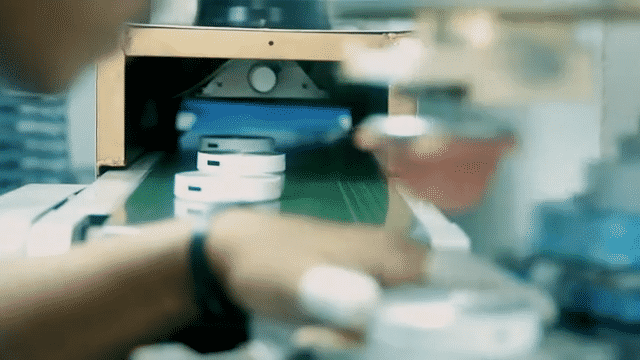
Pad Printing
Pad printing can print all kinds of products with difficult shapes such as curved (convex), hollow (concave), cylindrical, spherical, compound angles, textures, etc. which were not available with traditional printing methods.
Pad printing is a printing process in which a silicone pad takes a 2D image of a laser-engraved (engraved) printing plate (also called a cliché) and transfers it to a 3D object. The thickness is about 2 to 4 microns.
-
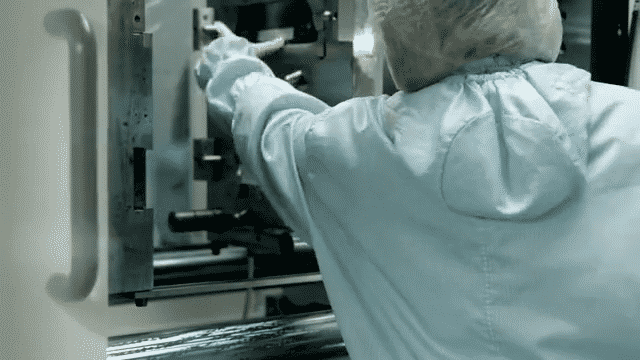
Injection
It is a speedy production process, which permits the production of high quantities of the same plastic product in a short time frame. The high-performance qualities of plastic materials able to resist high temperatures are replacing the metals which are traditionally used in the production of plastics.
Plastic injection moulding is a well-used process in the production of plastic components.
-
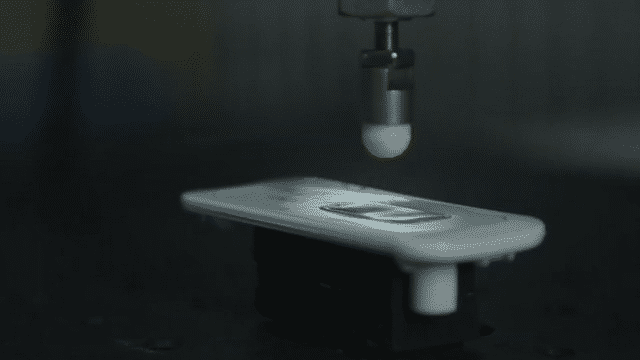
Embossing / Debossing
Embossing / Debossing are two techniques used to either impress or depress an image into materials which are PC, PET and metal sheets. When a design presses below the surface of the paper, it is debossed. When it rises above the page, it is embossed.
Embossing is used to raise up the printing image. These materials can add clarity to a design or make an image more eye-catching. Images, accents and texts all tend to look good with printing images. Adding an embossed logo to the outside of a product adds an attractive element of dimension and depth.
It is also an inexpensive way to make your product look a little more premium and high-end.
-
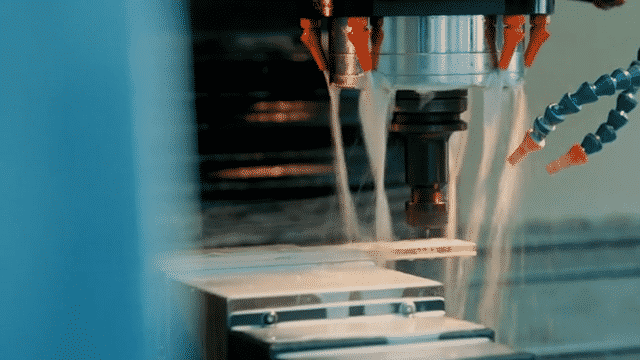
CNC 5-Axis (Milling)
Chemical milling is a high-precision process used to produce complex parts and components out of sheet metal.
In the chemical milling process, the artwork is applied on both sides of the material and is etched from both sides to cut all the way through the material.

Let’s work together.
